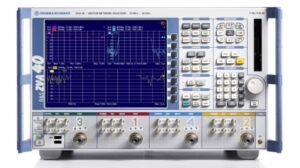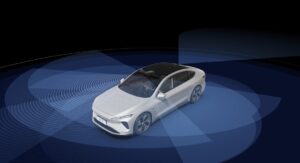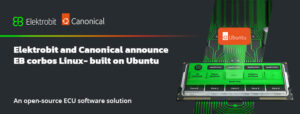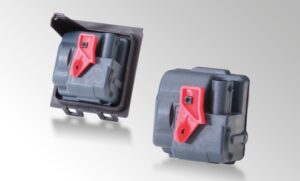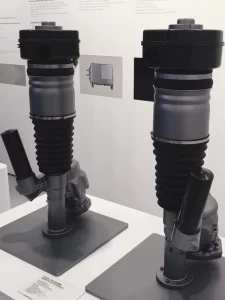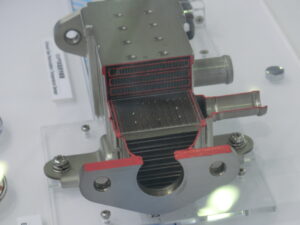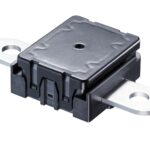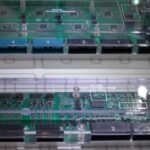
HELLA, the automotive supplier operating under the umbrella of the FORVIA Group, has received another major customer order for its innovative FlatLight concept. HELLA will transfer the lighting technology, which was initially designed as a rear combination lamp, to front lighting for the first time. From mid-2025, HELLA will supply an international premium manufacturer; in this context, the HELLA FlatLight is to be integrated into five different vehicle series. The FlatLight technology will celebrate its world premiere as early as 2024, when it will go into series production for the first time as a rear combination rear lamp.
The HELLA FlatLight is based on so-called micro-optics. These are extremely small optics that have a size of less than 15 micrometres and are thus significantly smaller than a grain of salt. On this basis, both the weight of the light module can be decreased and its installation space requirement can be reduced down to five millimetres. In contrast, conventional daytime running lights usually require a depth of around 40 millimetres. At the same time, the FlatLight allows for numerous new possibilities in terms of vehicle design and lighting design. For example, daytime running light, direction indicator and position light can be implemented in just one single light element. The FlatLight technology also achieves a previously unattained homogeneity at the highest possible cost and energy efficiency. This means that the appearance of the daytime running light is particularly uniform while at the same time being highly efficient.
The customer project also includes main headlamps in which HELLA has integrated so-called cylindrical lens arrays (CLA). HELLA has already brought this innovative lighting technology into series production in another customer project. This is also a miniaturisation of the light modules, which enables a particularly flat, distinctive light signature as well as an overall height of the light emission of up to 10 millimetres. They implement low beam and high beam; for the adaptive light functions, for example glare-free high beam and assisting projections, an SSL | HD module is also used.

